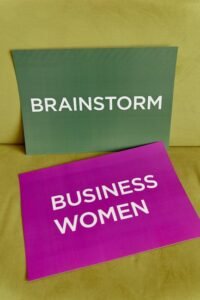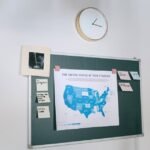Waste Elimination Strategies in Lean Methodologies
Welcome to our engaging guide on waste elimination strategies in lean methodologies! If you’re looking to enhance efficiency and cut down on unnecessary expenses in your business processes, you’ve landed on the right page. Let’s dive into the world of lean methodologies and discover how they can transform your operations.
Table of Contents
1. Introduction to Lean Methodologies 🚀
2. The Seven Wastes Identified by Lean
3. Effective Waste Elimination Strategies
4. Benefits of Implementing Lean Techniques
5. Conclusion
6. FAQ Section
Introduction to Lean Methodologies 🚀
Lean methodologies are all about maximizing value by minimizing waste. Originating from the manufacturing sector, these techniques have now found their way into various industries, including healthcare, software development, and service industries. The core principle of lean is to deliver exactly what the customer needs with minimal waste, thereby increasing efficiency and productivity.
The Seven Wastes Identified by Lean
In lean methodologies, waste is anything that doesn’t add value to the customer. Lean identifies seven types of waste, often remembered by the acronym TIMWOOD:
1. **Transportation**: Unnecessary movement of products or materials.
2. **Inventory**: Excess products not being processed.
3. **Motion**: Unnecessary movements by people.
4. **Waiting**: Idle time when resources are not being used.
5. **Overproduction**: Producing more than the customer needs.
6. **Overprocessing**: Doing more work than necessary.
7. **Defects**: Efforts caused by rework, scrap, and incorrect outputs.
Effective Waste Elimination Strategies
Now, let’s explore some practical strategies to eliminate these wastes:
1. Streamline Processes ⚙️
Map out your processes to identify inefficient steps. Use tools like value stream mapping to visualize and optimize the flow of materials and information.
2. Empower Your Team 💪
Engage your employees in the process improvement journey. Encourage them to identify waste and suggest improvements. A motivated team can spot inefficiencies that might go unnoticed at higher levels.
3. Implement Just-In-Time (JIT) Production ⏱️
Adopt a JIT approach to reduce inventory waste. This strategy ensures that you produce only what is needed when it is needed, reducing excess inventory and associated costs.
4. Utilize Technology and Automation 🤖
Leverage technology to automate repetitive tasks. Automation can reduce motion waste and increase accuracy, especially in data-heavy processes.
Benefits of Implementing Lean Techniques
Embracing lean methodologies offers numerous benefits:
• **Increased Efficiency**: Streamlining processes leads to faster completion times.
• **Cost Savings**: Reducing waste directly impacts your bottom line.
• **Improved Customer Satisfaction**: Delivering value faster enhances customer experience.
• **Employee Satisfaction**: Empowered employees are generally more satisfied and productive.
Conclusion
Implementing waste elimination strategies in lean methodologies is not just about cutting costs—it’s about creating a culture of continuous improvement and value delivery. By focusing on eliminating waste, you can foster a more efficient, productive, and satisfied workforce, ultimately benefiting your customers and your business.
FAQ Section
Q1: What industries can benefit from lean methodologies?
A1: Lean methodologies are versatile and can benefit industries ranging from manufacturing to healthcare, software development, and more. Any sector looking to improve efficiency and reduce waste can implement lean strategies.
Q2: How can small businesses implement lean strategies effectively?
A2: Small businesses can start by identifying key areas of waste using the TIMWOOD framework. Engaging employees in the process improvement journey and starting with small, manageable changes can lead to significant improvements over time.
Q3: What is the first step in implementing lean methodologies?
A3: The first step is to conduct a thorough analysis of current processes. Value stream mapping can help visualize workflows and identify areas where waste occurs, providing a roadmap for improvements.
Q4: Are there any downsides to lean methodologies?
A4: The main challenge with lean is the cultural shift required. It demands a strong commitment to continuous improvement, which can be difficult to maintain without proper leadership and employee buy-in.
Thank you for reading! We hope this guide has been helpful in understanding and implementing waste elimination strategies in lean methodologies. If you have any more questions, feel free to reach out. 😊












